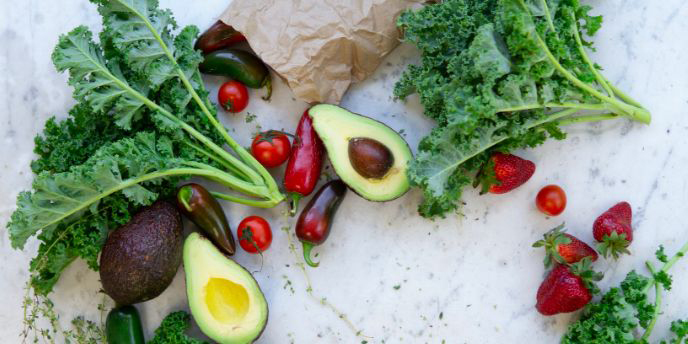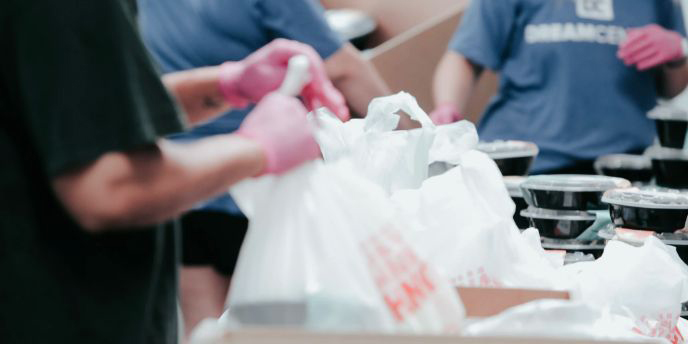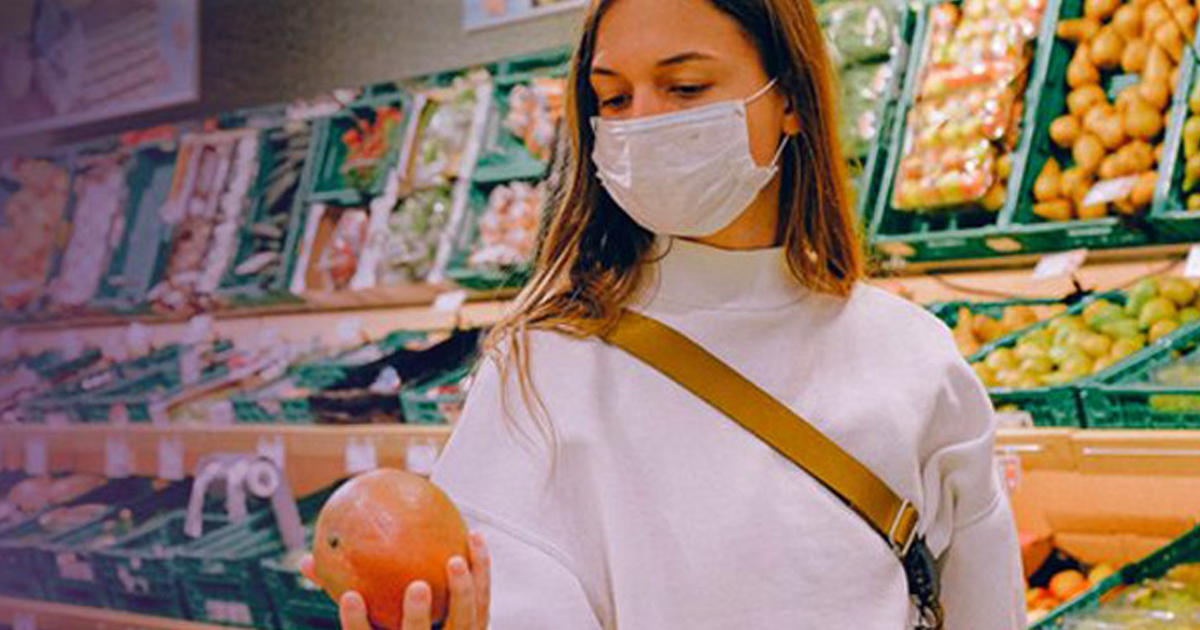At the beginning of the COVID-19 pandemic, the question on every businessperson’s mind was “How will my industry be impacted?” and “Where will this go 6 months from now?”. With now that we are past the 6-month-mark since this disruption hit the United States, we are now living in the moment that we were all trying to get ahead of.
So, what does it look like now?
Fulcrum Digital’s industry thought-leaders have been servicing our clients through this disruption. For insight for the Food Services Industry, we turn to our VP of Products, Abilash Krishnaswamy.
Of the industries that has seen the most effects of the pandemic, one can say that the Food and beverage industry remains the most impacted business in terms of production, distribution and consumer adaptation. The closing of borders, shortage of truck drivers and lockdown of out-of-home channel are posing immediate challenges to the highly globalized food sector and thus to the food supply itself.
In the transformation ahead, every company in the food value chain, from suppliers to farmers to processors to retailers and restaurants, will be faced with new challenges, but also new opportunities. We have identified four megatrends that are going to shape the future of food. Companies that recognize and respond to these trends will stay successful and be part of the solution.
Personalized Nutrition
Consumers are looking for food products that suit their lifestyle and the life phase they are in. In response and for example, companies are focusing on alternative proteins to replace meat. Personalized nutrition accelerates the cross-over between food, technology and big data. COVID-19 affects personalized nutrition, as the pandemic has been hitting people with pre-existing health conditions, such as diabetes and obesity. Instead of treating when these people get sick, we should focus on pre-emptive care and improve their health through optimizing their personal diet. This might trigger a structural change in consumption patterns, and we should not underestimate the underlying behavioral change and supporting platform that is required in order to make new food habits stick.

Responsible Production and Waste
The question companies facing is: how do we produce and supply safe, healthy food in a way that doesn’t exhaust our planet’s resources and pollute the environment? Less waste means feeding more mouths with the same production volumes and resources. Countless “circular” initiatives are aimed at minimizing loss and waste and repurposing waste streams. One sore issue in this pandemic is food waste. In countries where a lockdown is in place, waste is currently at an all-time high because restaurants, hotels and schools are closed, forcing many farms to destroy tons of fresh goods that they can no longer sell.

Food Industry Digitization
This trend is about the digitization of the entire food value chain. New digital technologies – artificial intelligence, smart data, blockchain, robotization and precision farming to name a few - present companies with exciting opportunities to boost their productivity and reduce their costs. Amid the COVID-19 outbreak, the United Arab Emirates pushes to transform food production, where 80% of food is imported. They are investing in a new indoor farm that will soon commercially grow tomatoes under solely artificial LED lights in a climate-controlled warehouse.

Ecosystem Orchestration
To really change the status quo and achieve maximum impact, what we need is a seamless orchestrated food ecosystem. Besides all the parties in the food value chain, an ecosystem also includes multiple other stakeholders, such as governments, NGOs, the healthcare sector, universities and the financial sector. Bringing this diverse range of parties together and getting them to communicate and cooperate is a challenge, but the dividends of such cooperation are tremendous. COVID-19 provides momentum for food ecosystem collaboration, as the pandemic is resulting in food shortages, higher food prices, and inability to fulfil consumer demand of certain consumer segments such as elderly and hospital staff.

Conclusion
To become future-proof, it’s essential for companies to take action within these four themes. With the wealth of opportunities to choose from, there are certain to be a few that suit everyone. Key will be to be prepared with a clear direction where you would like to head towards, have different COVID-19 scenarios how the world will change and be able to rapidly respond to these scenarios. In this context, the current COVID-19 outbreak with its knock-on effects on our farm-to-fork food value chain is definitely a wake-up call.
